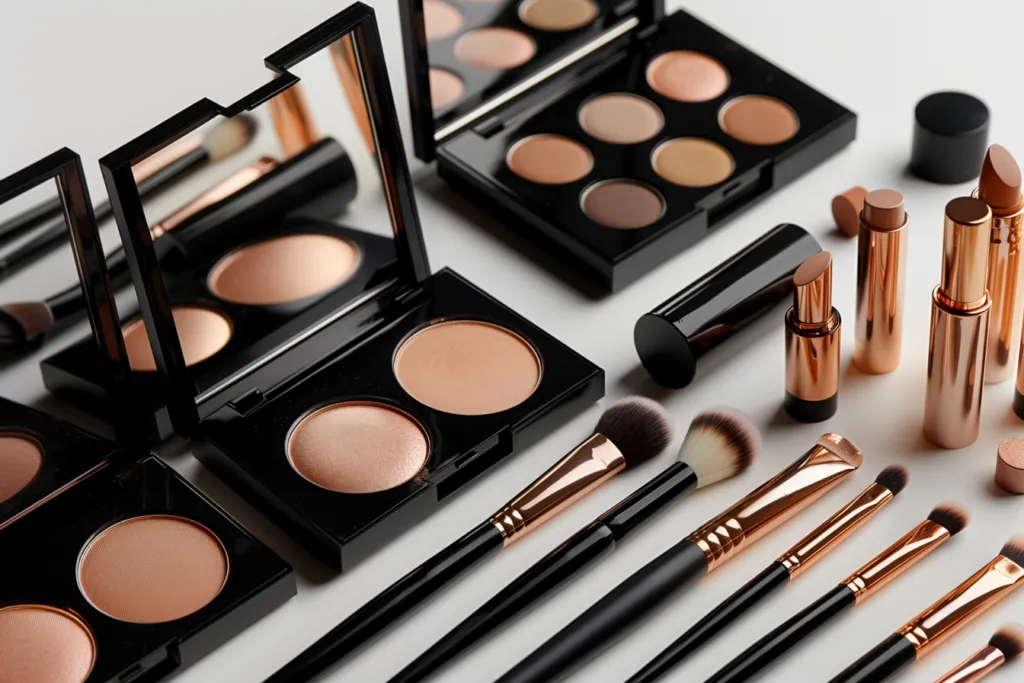- +(805) 479-4700
- fernanda@bbeautyconsultancy.com

The beauty industry is thriving like never before, with new products launching almost daily. The secret behind a successful product isn’t just a great idea but a meticulous development process that ensures quality and appeal. Whether you’re an aspiring beauty entrepreneur or a seasoned brand, understanding how to create a beauty product is crucial. This journey blends creativity and precision, encompassing everything from formulation to packaging. Let’s explore each stage of this fascinating process, providing a roadmap to turn your beauty product idea into a market-ready success.
In the Vision Phase, it’s crucial to differentiate your product in a crowded market. Consider unique selling points (USPs) such as natural ingredients, eco-friendly packaging, or innovative application methods. Collaborating with market researchers can also help identify trends and consumer preferences, ensuring your product resonates with the target audience.
This phase sets the direction for the entire development process, ensuring the product aligns with market needs and brand vision.
During the R&D phase, experimenting with different formulations can help you achieve the desired texture, scent, and performance. It’s also the time to consider the sustainability of ingredients and packaging materials. For instance, opting for biodegradable or recyclable materials can appeal to eco-conscious consumers. Collaborating with dermatologists or other experts can provide valuable insights into ingredient safety and efficacy.
This phase is critical to develop a beauty product that is not only effective and appealing but also safe for consumers.
Beyond standard testing, consider conducting consumer trials to gather feedback on the product’s feel, fragrance, and overall appeal. This feedback can be invaluable for making final adjustments before full-scale production. Additionally, ensuring compliance with international regulations can open up global markets, increasing the potential reach of your product.
The outcome of this phase guarantees that the product complies with all industry regulations and is safe for consumer use.
In the manufacturing phase, maintaining consistency across batches is crucial. Implementing robust quality control processes can help detect and resolve issues early. It’s also important to consider scalability, ensuring that the production process can handle increased demand without compromising quality.
The focus in this phase is on efficiency and quality, ensuring the final product meets all specifications and consumer expectations.
The Assembly Phase is where attention to detail becomes paramount. Ensuring that packaging is both aesthetically pleasing and functional is key. Consider elements like user-friendly designs, tamper-proof seals, and branding consistency. It’s also essential to perform rigorous quality checks to ensure that each product unit meets the highest standards. Packaging should protect the product and enhance its appeal, providing a premium experience for consumers. Sustainable packaging options can also attract environmentally conscious buyers, adding value to your brand.
The main challenge here is maintaining consistency and quality across all packaged units, ensuring a professional and appealing final product.
In the Logistics Phase, effective planning ensures that your product reaches the market smoothly. This involves coordinating with reliable shipping partners, managing inventory levels, and selecting the right distribution channels. Consider the logistics of international shipping if you aim to reach a global audience. Efficient logistics can significantly impact your product’s market success, reducing time to market and ensuring that customers receive their products in perfect condition.
Learning how to create a beauty product is a detailed and multi-faceted journey, encompassing everything from initial concept development to the final delivery to consumers. Each phase plays an crucial role in ensuring the product’s success in the competitive beauty market. For aspiring beauty entrepreneurs, partnering with an experienced consultancy like BBeauty Consultancy can be invaluable. With our expertise in product development and market strategies, BBeauty Consultancy can help bring your vision to life, ensuring your product stands out in the market. Contact us today to start your journey from idea to shelf!
Share this post